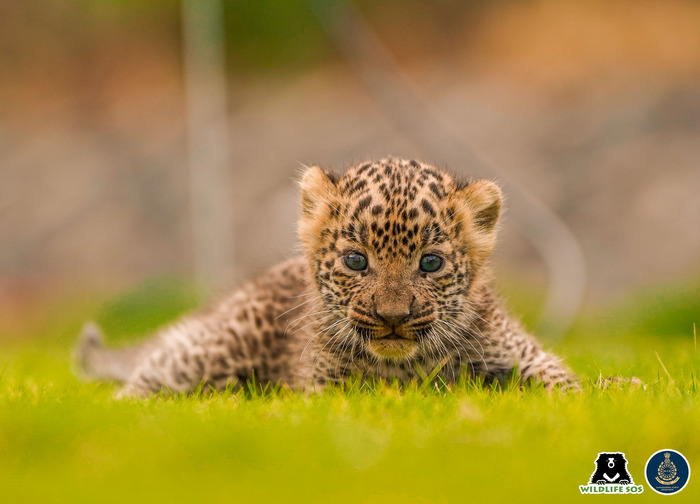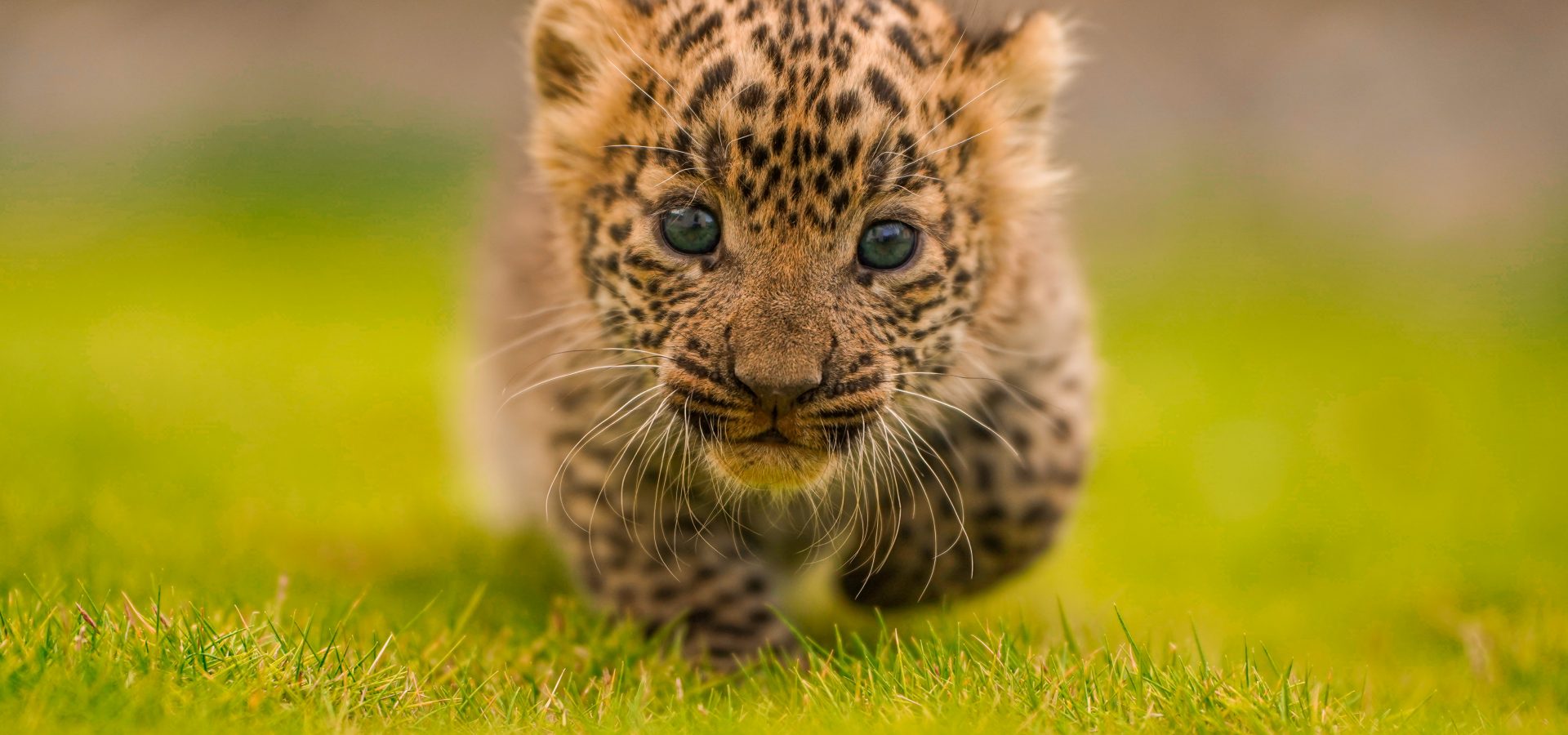Imagine that you are walking through one of the vast sugarcane fields of Maharashtra. Suddenly, you hear soft squeaks within the tall grass. You approach the sound to find two small kittens… but wait! These animals seem different, with bodies covered with spots. It sinks in finally – you are looking at young leopard cubs!

While seeming sensational, encounters like this have become a lived reality for villagers in Maharashtra. Two leopard rescue operations took place earlier this year, and both highlight how the act of mitigating interspecies conflict is a collaborative effort. In the first instance, a team from Wildlife SOS reunited a 45-day-old leopard cub with its mother after farmers discovered the young feline in the fields of Tejewadi Village in Pune. In a separate incident, a 15-year-old cub was found in Pune’s Junnar division.
If a mother and her cub remain apart for long, the likelihood of them reuniting diminishes. Therefore, timeliness was of key importance in both these rescue situations. Wildlife SOS organises regular workshops intended to educate and inform local communities about the correct course of action that needs to be taken in such situations. Therefore, local farmers who chanced upon the cub in Tejewadi knew exactly what to do.

They immediately contacted the forest department. Soon after, forest officials arrived with the cub at Wildlife SOS’s Manikdoh Leopard Rescue Centre (MLRC) in Junnar.
An examination by our veterinary officer was conducted to rule out health issues, and the cub was identified as a female that was approximately 45 days old.

Reunions are expected to take place during the night since leopards are nocturnal in nature. Keeping this in mind, the Wildlife SOS team went back to the same spot where the cub was first spotted, and placed him there within a safe box. It was a moment of great relief for the team when the mother returned to find her cub there and took it away. This successful reunion was captured by the camera traps that were set up in the area.

The second rescue took place just a few days later, when farmers in Kailash Nagar village in Junnar stumbled upon a leopard cub. A team of forest officers along with a three-member team from Wildlife SOS made their way to help the cub.
During the on-site health checkup, the tiny male cub was found to be merely 15 days old! To ensure that it is reunited with its mother as soon as possible, the team put the cub in a well-ventilated box lined with hay and grass. This box was then left where the cub was initially discovered. Maintaining a safe distance from this site is paramount for our team so that the mother leopard can approach her cub without any hesitation or fear.

In this instance as well, camera traps placed in the area caught the mother leopard approaching the location at night. She gently picked up her cub by the scruff of his neck and made her way to a more secure area.

The rescue of the second leopard cub marks the season’s second reunion operation. Both rescues become significant from the perspective of conservation because it implies that the cubs will eventually grown up in the wild and help maintain the ecological balance.
The Importance of Reuniting Leopard Cubs with their Mothers
Leopards are the smallest of the big cats found in India. Due to their size and highly adaptable nature, they become accustomed to a variety of habitations in close proximity to human settlements. However, such adaptability is a double-edged sword that has culminated in rising instances of human-animal conflict.
This conflict often emerges in the sugarcane fields of Maharashtra. Indian leopards were widespread across the forests of the state but now, their once wild surroundings are being invaded by vast fields of sugarcane.
Leopards give birth to cubs around the same time when sugarcane is harvested from the fields. Mother leopards use the lush, deep foliage of sugarcane stocks as an ideal shelter to protect and hide their cubs while they venture out to hunt for food. This is how spotting cubs nestled amidst the crop becomes a common sight for farmers. Being young and entirely dependent, these cubs would not be able to survive in the wild without their mother.
Leopard cubs rely on their mother for shelter, food, and protection. For the first two formative years of their life, the cubs learn how to survive in the wild under the aegis of their mother. For young cubs, a dearth of their mother’s milk puts them at risk of developing deadly infections or illnesses. Reunions therefore become absolutely imperative for the leopard species to thrive in the region.
Over time, Wildlife SOS has managed to successfully reunite 104 leopard cubs with their mothers. The active participation of local people has played an important role in the entire process of rescuing lost leopard cubs and reuniting them with their mothers.

Besides reuniting leopard cubs with their mother, our centre at MLRC is involved in a whole host of projects aimed at mitigating conflict between humans and leopards. These measures include the training of forest guards, educational tours and workshops intended to generate ecological awareness among the next generation and the radio-collaring of wild leopards.
Another factor posing a threat to leopards and other wildlife are the several open wells that have come to exist in their encroached habitat. Leopards are most active during the night, and are, therefore, prone to accidentally falling into these wells. If left unattended, such falls can prove fatal for wild animals. Wildlife SOS has launched the Open Wells Conservation Project to protect leopards and other animals from uncovered wells. To date, we have covered 10 of these open water holes in Maharashtra.

If you too want to join in and make a difference for our voiceless animals, consider sponsoring a rescued leopard!





